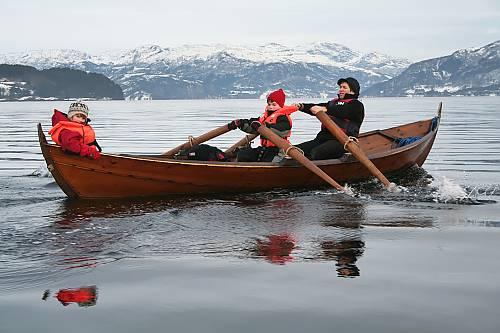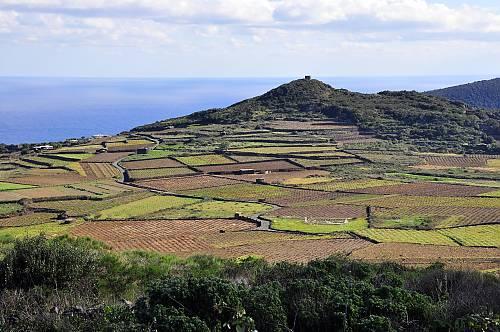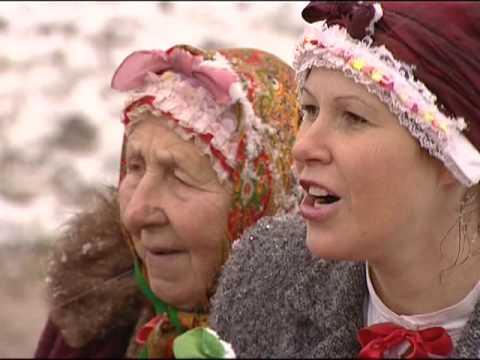In the 1977 edition of the Random House Encyclopedia, Vikings are described as “Scandinavian pirates.” The Canadian Museum of History’s fascinating visiting exhibition from the Swedish History Museum in Stockholm sheds new light on that description because of recent archaeological discoveries.
In the exhibition, which opened Dec. 3, a Viking is defined as a person from Scandinavia involved in plundering, trade, or colonization. Ordinary people are referred to as Norraener men (Norsemen), almost all of them farmers, craftspeople, or slaves.
It is true that Viking raids were conducted in areas of Europe and the British Isles during the 10th and 11th centuries, and these men from the North exerted a powerful influence on the history of Europe by encouraging the growth of feudalism. Not only did they conquer what was then Rouen and Paris, but they managed to have the Duchy of Normandy handed over to them by a weak French king.
The Vikings also founded Ireland’s first towns, such as Dublin, Cork, and Wexford, and any town in England today with the ending “thwaite” (derived from the Norse “thveit”), or with the ending “toft” (meaning farm or village, such as Lowestoft), is of Norse origin.
The exhibition, titled “Vikings,” focuses on the home life, myths, beliefs, and burial traditions of these adventurous people from the North. Visitors will discover links between the Vikings and several countries in Europe, and they will marvel at the craftsmanship and symbolism of what these seafaring “pirates” were able to do with their amazing warships, which could seat 30 oarsmen with a crew of up to 90.





